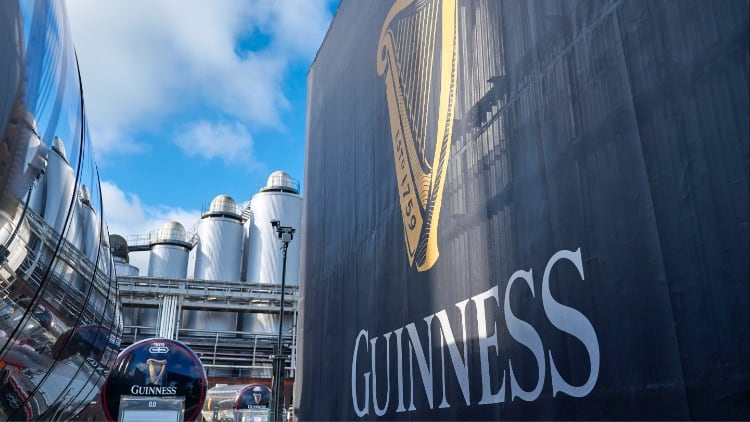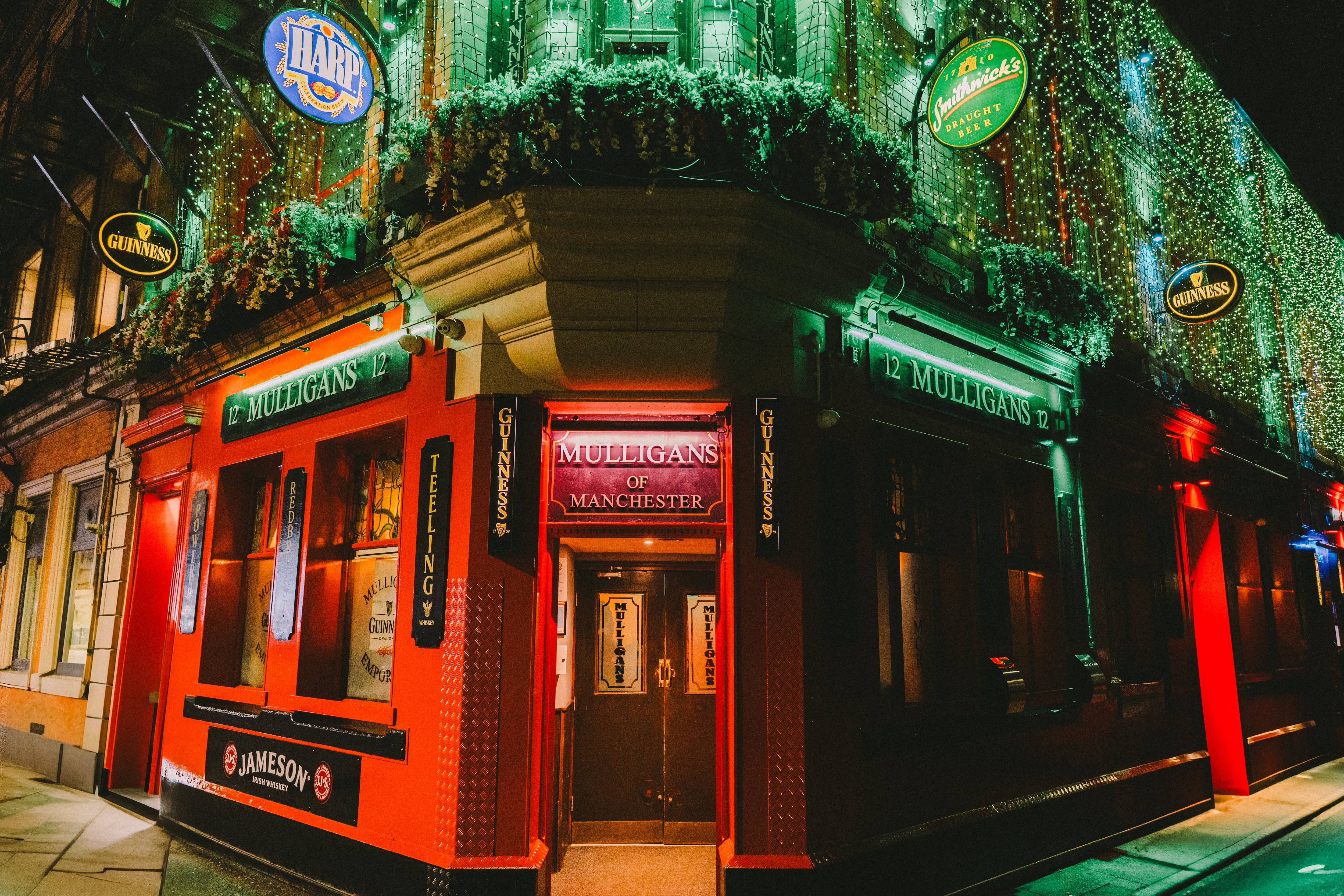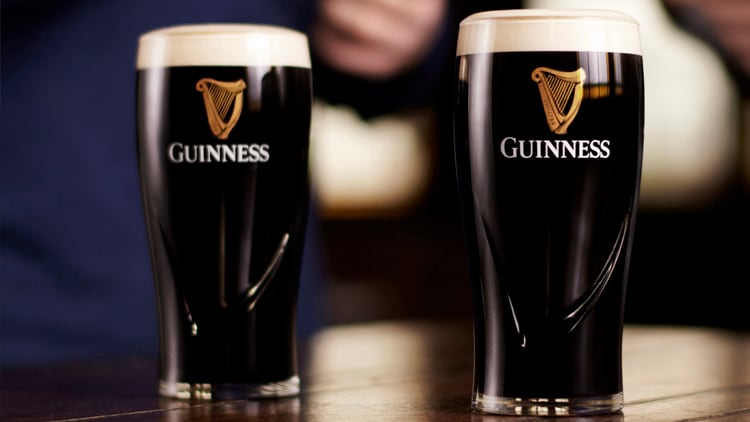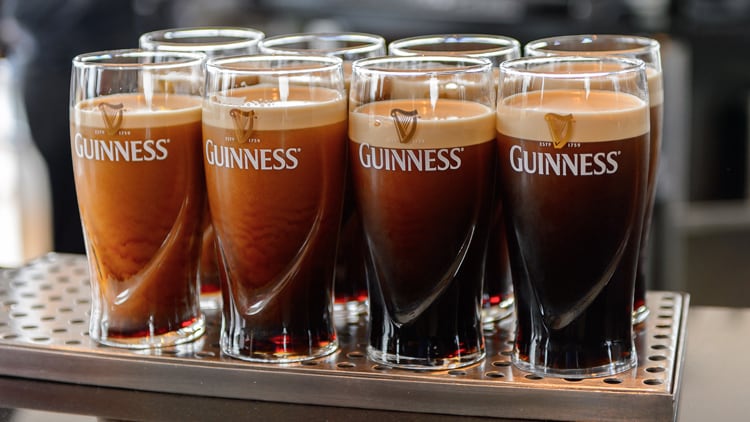The new Netflix series House of Guinness, based loosely on the Guinness family and the famous Dublin brewery, has viewers glued to the box, however it raises the question - what is the real history of the famous black stuff?
Here are some things you might not have known about the history of the brewery and Guinness family.
1759
The story of Guinness began on 31 December 1759 when Arthur Guinness secured a 9,000-year lease on a disused Dublin brewery at St. James’s Gate for an annual rent of £45. He was the first in a long line of Guinness master brewers.
1796
The first known export of Guinness left Dublin port on a ship bound for England.
1799
St James’s Gate initially brewed ale before switching to porter in 1799 and later to “stout” in the 1840s.
1817
The first recorded export of Guinness beer to the US. A single line in a handwritten note in a brewer’s log reveals the first eight barrels of Guinness beer would make their arrival in South Carolina.
1827
The first recorded shipment of Guinness to the African continent arrived in Sierra Leone in 1827. In 1962 Nigeria was the location of the first Guinness Brewery outside of Ireland and UK.
1862
This year saw the introduction of the world famous Guinness trademark - the Arthur Guinness signature, the harp and the word Guinness. First introduced in 1862 it was eventually trademarked in 1876.
1870
Employee welfare was something that was spearheaded by Guinness. The brewery paid around 10% higher than the average industrial wage in Dublin and in 1870 a medical centre was established to provide free healthcare not just to employees but to their families.
1880
By 1880, Guinness had become the largest brewery in the world.
1922
The Irish Free State adopted the harp as its emblem when it separated from the United Kingdom in 1922, but it had to face the harp in the opposite direction to avoid infringing on the Guinness trademark.
1936
Guinness opened a brewery in the UK at Park Royal in 1936.
Plans for Guinness to brew in England were first revealed in 1913 with the original site planned at Old Trafford in Manchester with production due to start in 1917. But the outbreak of the First World War halted that scheme.
A trade war in 1932 between the newly independent Ireland and the UK meant that Guinness was to face a beer duty unless it was brewed in the UK. Brewing production at Park Royal was finally shut down in 2005.
1959
The popularity of draft beer meant that Guinness Draught became a reality with the world’s first nitrogenated beer launched.
1988
Guinness Draught in a can was launched. The innovation in beer packaging went on to win the Queen’s Award for Technological Achievement in 1991.
1997
Diageo is formed through the merger of Grand Metropolitan and Guinness.
2000
The Guinness storehouse is launched in Dublin providing one of Ireland’s most popular visitor experiences.
2020
Guinness launches it zero variant tapping into consumer demands for no and low.
2024
The trial of Guinness 0.00 on draft is expanded after successful trails at the George and The Devonshire.




